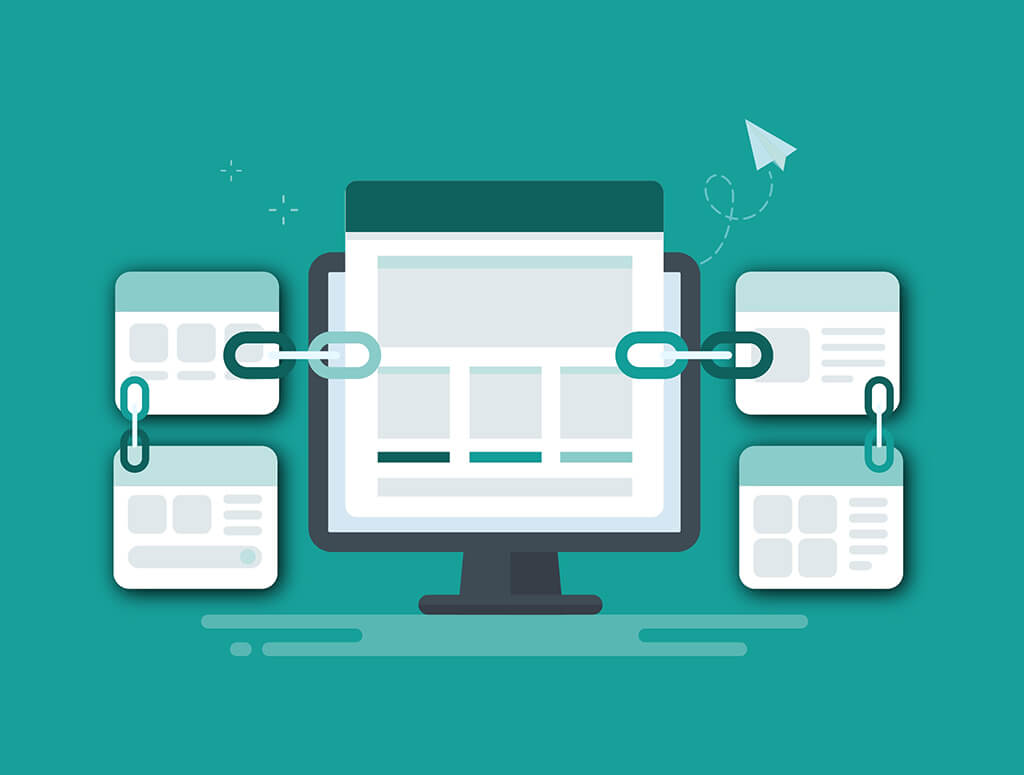Website trust signals are elements that put prospective clients at ease about making a decision to buy from a business. They matter in website design and digital marketing because often potential clients make snap decisions based on a website's credibility.
This blog will explore trust signals – how important they are for conversions and how they can increase website credibility. And it will provide a practical list of 11 trust signals every website should display.
What are trust signals and why are they important?
Trust signals don’t have to be planned. They can be direct or subliminal, organic or paid. They are any element that instils confidence in your brand. They play an important role in building confidence, improving user experience (UX) and increasing conversions.
A recent survey highlights how consumers want to buy more from online providers; however, they are concerned about matters such as late arrivals and demanding return policies. 75% of purchasers reported they have experienced financial fraud.
So, it’s clear trust signals for eCommerce websites are necessary. Though, there can be no doubt that trust elements for websites of all types are essential. Here are some examples of trust signals you might want to use on your website:
1. SSL certificate and HTTPS
A secure connection is paramount. We’ve made it first on the list for that reason. Potential clients expect to see the padlock icon and HTTPS. And browsers now flag unsecured sites. Prospects will often come straight out of a website if they aren’t completely sure that it’s safe.
2. Recognisable branding and professional design
A polished, modern and consistent design reassures prospects. We’ve all been there – arrived on a website’s home page, only to be met with outdated or amateur visuals and content that doesn’t look professional or read properly. This typically undermines trust immediately and is often another reason a prospective client will exit the website.
3. Clear contact information
Including details like phone numbers, email addresses and physical locations gives consumers confidence that they can reach a real person.
Check out our reviews – you’ll see the overwhelming levels of trust our valued clients have in the WEBPRO team.
4. Privacy policy and terms of use
These legal documents show that the business is transparent and compliant with data protection laws. This instils confidence in a brand, its products and services.
5. Testimonials and reviews
User-generated content like testimonials, case studies and third-party reviews helps establish credibility through social proof. It’s become a way of life. If we want to purchase something, we turn straight to the feedback left by previous buyers. If that feedback is good, it inspires us to go ahead, while poor reviews will typically dissuade us from making the purchase.
6. Client logos and partnership badges
Logos of recognisable clients or affiliations – for example, trade associations – help demonstrate legitimacy and experience. This can be a powerful way to inspire confidence.
7. Team photos and 'about us' page
Letting users see the faces behind the business creates emotional trust. A well-written company story also helps build rapport.
8. Trust badges and certifications
Another powerful way to build trust is with badges and certifications. These could include secure checkout badges, money-back guarantees, or compliance marks like ISO, FCA or Cyber Essentials. These are signs of a trustworthy website.
9. Active social media presence
Linking to regularly updated social profiles shows that the business is active and engaged.
10. Helpful content and resources
Publishing blogs, guides or FAQs positions the website as an authority and helps users feel informed. It is another way to show your business is active and engaged. And that you want to help your clients in every way possible.
11. Clear calls to action (CTAs)
Strong, personalised CTAs guide consumers and make the next step obvious. Avoid vague or pushy language and make it clear you will welcome any enquiries.
How to check if your website is missing trust signals
There are a number of things you can do to check your website has all the trust signals it needs:
- Review your URL. In addition to making sure your HTTPS or padlock is showing before your website’s URL, check it has no grammatical errors, missing letters or other typos.
- Check your theme and design. Your website will have been created with code. And some code can be vulnerable – usually if it’s outdated or was deliberately designed to be unsafe.
- Make sure nothing about your website seems off. Check it doesn’t contain lots of blinking banners or that it’s making seemingly impossible claims, for example.
- Check it has an authentic security seal.
- Check your privacy policy is clear and up to date.
- Respond to reviews. If you have negative reviews about your business, make sure you reply publicly to everyone. This shows that you care about your clients and that you deal with any issues immediately.
- Use other resources. Google Safe Browsing and its diagnostic tool are two resources that can help you.
Recap: Done right, trust signals help give your prospects the confidence to buy from your business. Evaluating your website is a crucial and very worthwhile exercise. At WEBPRO, we know how to build trust on a website and can help improve website conversion.
WEBPRO knows
98% of people say they rely on trust indicators before purchasing online.







